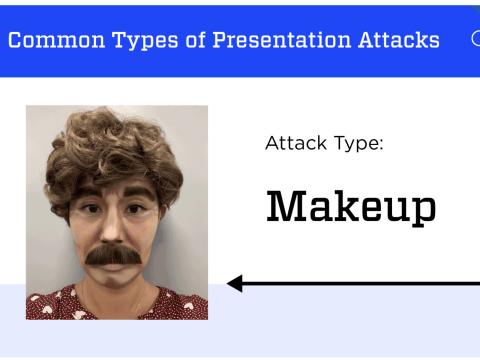Forget Fingerprints, Officials Can Track You All Kinds of Ways
Biometric identification moved past fingerprints long ago, and the range of modalities is helping the keepers of law and order make a big difference in several ways. Last year, authorities apprehended a former European finance minister who had stolen thousands of Euros by using voice recognition software to identify the perpetrator through a phone message. Another tool combines facial recognition with a breathalyzer so that in addition to capturing blood alcohol content, the device can send a photo of the person to a repository website.
A separate facial recognition technology integrated with the Chicago Transit Authority helped identify an armed robber. The Smart Gate program uses facial recognition to process passport holders usually checked by officials in Australia and New Zealand and is ahead of its 2015 targets. Other advances include technology that converts sketches of suspects to retrieve photos of individuals. Facial recognition also is advancing to use only part of the face to make identifications.
In fingerprinting, technology is starting to recognize photos to do authentication, so locations will not require a separate scanner. Work also is advancing identifying finger veins. Mobile technology is beginning to enable eye scans, not necessarily of the iris, but of the area around the eye and the whites of the eye.
So what’s next? One of the big trends to watch is secure gesture authentication, John Schneider, senior director for technology, Qualcomm, said today in Tampa at the Global Identity Summit. That process offers several benefits, including the inability to reverse engineer the gestures and leaving no traces on a device. Both those factors make stealing biometric information more difficult. Another trend is identification as a service, which includes cloud-based, multi-modal biometric identification and knowledge-based verification systems. Stephanie Schuckers of the Center for Identification Technology Research emphasized the moves toward non-replicable authentication and added the importance of detecting spoof biometrics, whether to steal or conceal identities.
Sean Kanuck, national intelligence officer for cyber issues, Office of the Director of National Intelligence, told the summit that much work remains to verify identities online in a way that would allow for online voting and other government services. Identity fraud costs the United States about $21 billion per year. In 2014, a company folded after it was hacked and the hacker encrypted its files. When the company refused to comply with the extortion demands, the hacker destroyed the information. Despite all this, Kanuck reported that 77 percent of businesses believe they are safe from attack and 83 percent have no cybersecurity plan. He talked about the move to virtual IDs saying there is impetus to “try to get to the point where identification confirmation can be flexible yet strong” and to where virtual IDs will mature to the point of being legal personas.
Another important step in the future of biometric identification is storing information in one portal wherein multiple government agencies will trust the credentials, said John Boyd, director, defense biometrics and forensics, U.S. Defense Department. The challenge remains to carry out the many efforts to identify people effectively but still protect privacy.




Comments